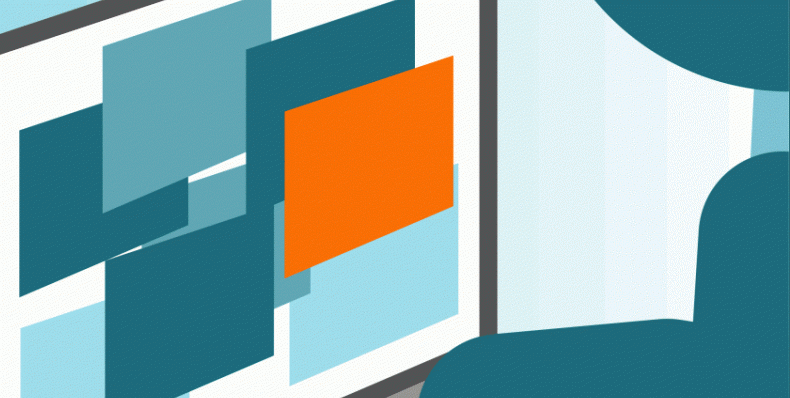The municipal clerk position dates to a time before the United States existed, tracing its roots to English villages. While the role of clerk has changed and expanded over hundreds of years of service, the central principle of the position remains the same. The clerk is the hub of government, anchoring and propelling the legislative process while safeguarding public records that describe and explain how government decisions were made and public dollars were spent.
I can’t overstate the municipal clerk role’s importance. And it has only intensified with recent calls for more transparency and open government.
While the core principles haven’t changed, the scope and our own expectations have expanded to place a great deal of pressure on clerks. In government, this normally means more work, more local responsibility through state and federal mandates and, unfortunately, the need to fund these extra tasks.
One of the most time-consuming responsibilities for clerks is preparing for the meetings of their councils or commissions. Clerks report that this is the equivalent of a full-time job in many communities, squeezing out other tasks like public records requests and even taking on new efforts like agenda management software solutions.
Taking the pressure off clerks: A technological framework
The legislative process is ripe for technology to ensure that it is fast and responsive – to both internal staff and external constituents. The answer to the time crunch is to embrace paperless agenda and minutes collection and creation. Because relying on paper drives costs up and pushes productivity and visibility down.
To select the right solution, consider this framework for analyzing what’s available and where to focus your technology. Here, it is critical to target key moments where efficiency is either gained or lost. Where are your gaps in technology?
Submission
Accepting agenda items through electronic forms with supporting documentation immediately eliminates the potential for lost items. And, because the information is electronic you easily gather it with automated routing and agenda packet creation.
Routing and review
With automation, items you submit are immediately routed to the correct person for review. The status of that routed item is automatically tracked (no manual tracking) and the reviewers are immediately notified that they have an item to review.
Using automation also means that you can time the process to help meet posting deadlines. And you can enforce any policies for review.
Mobile access and approval
With smartphones, tablets and busy staff, it is essential that staff can review and approve agenda items on mobile devices or directly from within Outlook. This keeps the process going – especially when it relies on people who are never near their desks.
Assembling and publishing your agenda
This is probably the most time-consuming part of the process. If your staff reviews items at the last-minute, you are forced to print, copy, collate and hand-number again from the beginning.
Going paperless and using an automated process means that you can easily accommodate revisions. And, you create, distribute and publish the packet with one click.
The long history of clerks is one of tenacity that has allowed them to take on and excel in a demanding position. The essence of their contributions to government is the same, but the pile of work they are expected to complete and the method of completion has drastically changed.
We have shifted to an online world and are serving a different sort of constituent. To be successful, we need to embrace this reality. Creating a digital process for agenda management helps clerks meet these challenges while freeing them for the next challenges in their time-honored profession.
In part 2, we’ll take a look at how to align your constituent-facing goals with the latest agenda technology.





Leave a Reply
You must be logged in to post a comment.